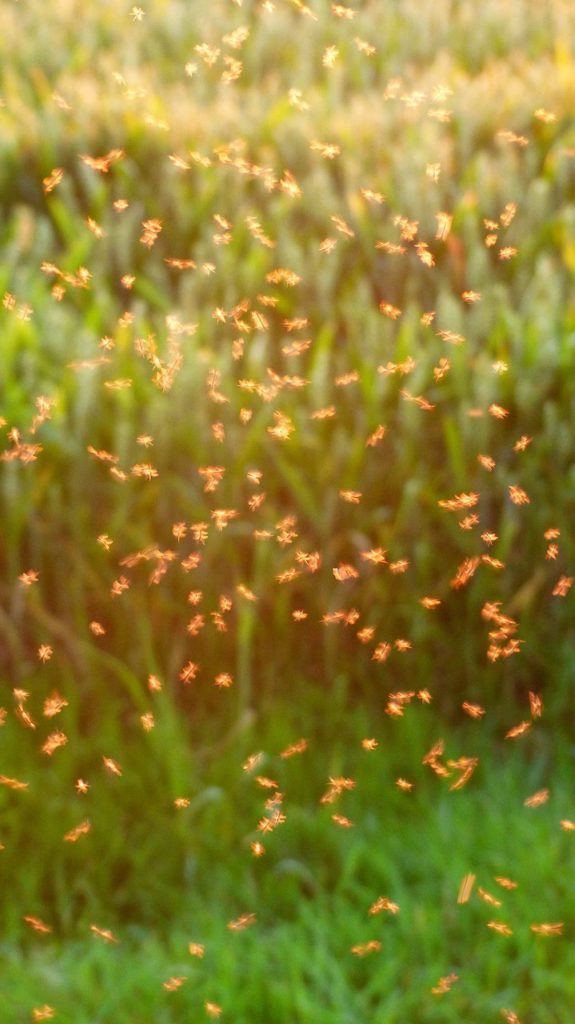At this point in the summer, many of us are beginning to feel as though we are attending a nonstop bug festival. You will understand what we are talking about if you have ever spent even a little bit of time outside.
Bugs can be a nuisance during every summer activity, from barbecuing to hiking to even walking the dog. Although they are annoying, the fact that they put us at risk for diseases carried by insects is of much greater concern.
The most common vectors of disease are insects such as fleas, ticks, and mosquitoes. These insects, which are known as “vectors,” are responsible for the spread of the pathogens that cause West Nile Virus, Lyme disease, and other diseases that are “vector-borne.”
“Disease cases from mosquito, tick and flea bites more than tripled in the U.S. between 2004 and 2016,”
according to the Centers for Disease Control (CDC).
So, how can we avoid these pests while enjoying summertime in the great outdoors? Read on.
Protect yourself
When you’re out hiking, it’s easy to get sidetracked by the scenery or the wildlife, and it’s common to want to make your own path so you can get a better look at things.
However, doing so is not a good idea. When you go hiking or jogging, it is strongly advised by professionals that you stay in the middle of the trail. Ticks are infamous for being able to conceal themselves in long grass and other types of plants.
Before going outside to enjoy the fresh air, avoid applying scented cosmetics and personal care products such as perfume, cologne, lotions, and soaps (these scents may attract mosquitoes). Put on the necessary and protective attire, which comprises the following items:
- Shirt with long sleeves
- Long pants
- Socks (that can be tucked under the pants to protect the skin from ticks)
- Boots
Consider spraying your outdoor wear with a permethrin-based insect repellent. The CDC does not recommend that you use repellent on babies younger than 2 months old.
Before entering your home after a day outdoors, check all family members and pets for ticks. If you find one, remove it right away. Learn how to safely remove a tick and aftercare instructions at CDC.gov.

Right in your own backyard
Deer are the favorite host of the deer tick (Ixodes scapularis), a carrier of the dreaded Lyme disease.
“More than 14,000 cases [of Lyme disease] are reported annually,”
according to the experts at National Geographic. “Adult deer ticks, they continue, “are about the size of a sesame seed.”
If deer are common visitors to your neighborhood, discourage them from coming into your yard. You can do this by removing vegetation that is attractive to deer. Some of the plants that are popular among deer include:
- Honey locust
- Plum, apple, pear, persimmon, and crabapple trees
- White and red oak
- Hickory and pecan trees
- Eastern red cedar
- Raspberries or blackberries
Lavender, sage, and salvia are examples of fragrant plants that should be planted since deer avoid anything that is really aromatic. According to Catherine Boeckmann’s research at Almanac.com, “common flowers such as daffodils, foxgloves, and poppies have a toxicity that causes deer to avoid eating them.”
In order to prevent ticks from making your lawn their home, remove all debris from the area by gathering up dead leaves and maintaining a mowing schedule that keeps the grass as short as possible.
After performing the above measures, if you are still discovering ticks and mosquitoes in your yard, you may want to try spraying it with a product that controls ticks and mosquitoes.
By adhering to these guidelines, you can reduce the likelihood of being bothered by mosquitoes, ticks, and other insects this summer.

